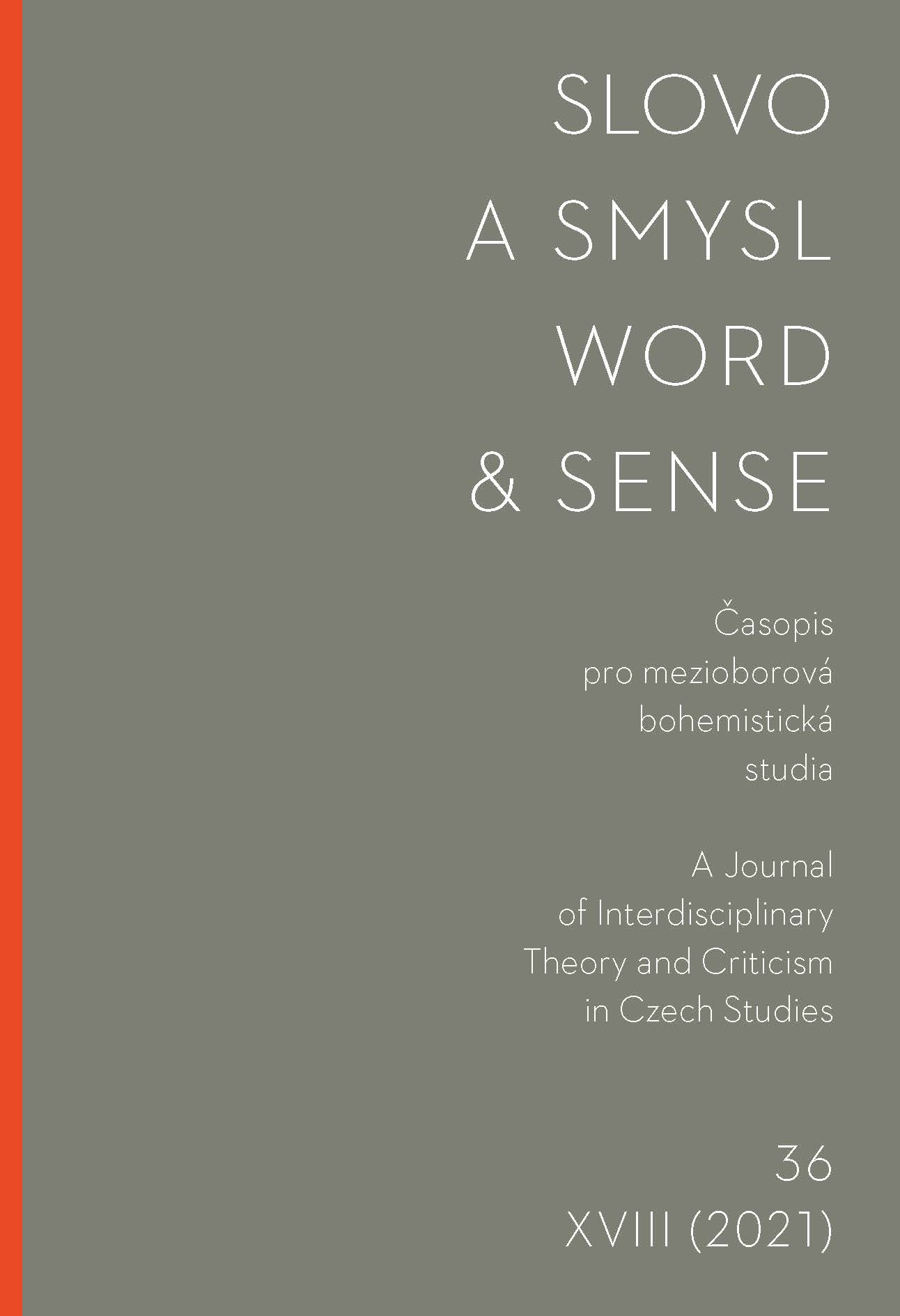Benediktinský klášter sv. Jana pod Skalou a ivanské legendy jezuity Bridela. Malá sonda do praxí textové produkce 17. století
The Benedictine Monastery of Svatý Jan pod Skalou (Saint John Under the Cliff ) and Legends of Saint Ivan by the Jesuit Brid
Author(s): Marie ŠkarpováSubject(s): Czech Literature
Published by: Univerzita Karlova v Praze - Filozofická fakulta, Vydavatelství
Keywords: Literatura raného novověku; textová produkce; hagiografie; legenda; klášter; sv. Ivan; Svatý Jan pod Skalou; Matouš Ferdinand Sobek z Bilenberka; Fridrich Bridel
Summary/Abstract: The aim of this article is to demonstrate the importance of Bohemian monastic communities of the 17th century — those which owned or managed a church with the status of a pilgrimage shrine — as hagiographic centres, and to highlight the ways in which they participated in hagiographic production and publication. Such is the case, for example, with the Benedictine monastery of Svatý Jan pod Skalou (Saint John Under the Cliff ), built on the tomb of the holy hermit Ivan. Nearly all surviving texts on Saint Ivan written before closure of the Svatý Jan monastery in 1785 are connected through their origin with the monastery. The origins of two works in particular, which may be the two most famous texts on Saint Ivan — Vita sancti Ivani (1656) and Život sv. Ivana (‘The life of Saint Ivan’, 1657), written in Latin and Czech respectively by the Jesuit Fridrich Bridel and printed at the Jesuit printing office in Prague —, are connected in their origins with Matouš Ferdinand Sobek of Bilenberk, abbot of the Svatý Jan monastery. In addition to direct testimony in written sources attesting to the fact that Sobek played a role in the creation of both texts and was able to ensure they would be printed, it is also clear that their publication coincides with the beginning of Sobek’s notable building activities at Svatý Jan, specifically with the laying of the foundation stone of the new church sanctuary in 1657. The lifelong hagiographic cooperation between the Benedictine abbot (and later Prague Archbishop) with the Prague Jesuits suggests how this type of cooperation enabled the Society of Jesus, which was still a relatively new religious order in the Czech lands during the 17th century, to form social ties with the ‘old’ orders, as well as representatives of the local church, and in this way to acquire, strengthen, and maintain their position in the social field. Both of these legends thus provide an example of the markedly cooperative character of early modern textual production and reveal something of its complexity. The main goal of this article is to encourage scholarship on the status of monastic communities in the early modern period by studying the literary field of that time, and by observing how these communities behaved with regard to ‘their’ texts.
Journal: Slovo a smysl
- Issue Year: 18/2021
- Issue No: 36
- Page Range: 13-42
- Page Count: 30
- Language: Czech

